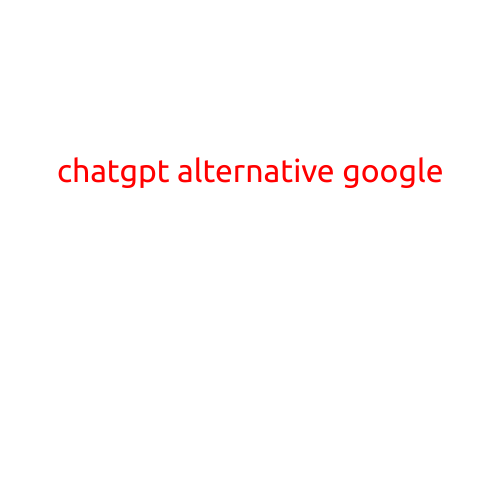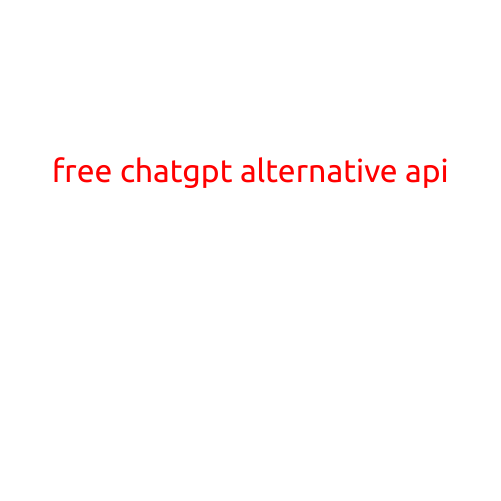
ChatGPT Alternative: Google’s AI-Powered Chatbots
The release of ChatGPT has taken the world of artificial intelligence and natural language processing by storm. Its ability to generate human-like conversations has left many wondering if there’s a ChatGPT alternative out there. As it turns out, Google, the tech giant, has been quietly developing its own AI-powered chatbots, which may just give ChatGPT a run for its money. In this article, we’ll explore Google’s ChatGPT alternative and what it can offer.
Google’s AI-Powered Chatbots: The Basics
In 2020, Google announced its plan to develop a series of AI-powered chatbots that could assist with customer service, language translation, and even personalized recommendations. These chatbots are built using Google’s Dialogflow platform, which enables developers to create conversational interfaces for various applications.
Google’s AI-powered chatbots are capable of understanding natural language, processing user input, and generating responses in real-time. They can be integrated into various platforms, including websites, apps, and messaging platforms.
Key Features of Google’s ChatGPT Alternative
- Conversational Capabilities: Google’s chatbots are designed to engage in natural-sounding conversations, using context and understanding to respond to user queries.
- Language Support: The chatbots support multiple languages, including English, Spanish, French, and many others.
- Customization: Developers can customize the chatbots to suit their specific needs, including designing the conversation flow and adding context-dependent responses.
- Integration: Google’s chatbots can be integrated with various platforms, including Google Assistant, Google Cloud, and Dialogflow.
- Security: The chatbots are built on Google’s robust security infrastructure, ensuring that user data is secure and protected.
How Does Google’s ChatGPT Alternative Compare to ChatGPT?
While both ChatGPT and Google’s AI-powered chatbots share similar capabilities, there are some key differences:
- Language Understanding: ChatGPT is specifically designed to understand human language, whereas Google’s chatbots are built on a broader range of technologies, including machine learning and natural language processing.
- Contextual Understanding: ChatGPT is designed to understand context and follow conversations, whereas Google’s chatbots may require more explicit user input to understand the context.
- Customization: Google’s chatbots offer more flexibility in terms of customization, allowing developers to tailor the conversation flow and responses to specific use cases.
- Integration: ChatGPT is primarily designed to work within specific platforms, such as Windows and iOS, whereas Google’s chatbots can be integrated across multiple platforms.
Conclusion
Google’s AI-powered chatbots offer a strong alternative to ChatGPT, with impressive conversational capabilities and customization options. While ChatGPT has gained significant attention for its human-like conversations, Google’s chatbots are built on a broader range of technologies, making them a more versatile solution for developers and businesses.
As the chatbot landscape continues to evolve, it’s exciting to see which technologies will emerge as the most popular and effective. Will ChatGPT remain the benchmark, or will Google’s AI-powered chatbots take the reins? Only time will tell, but one thing is for sure – the future of conversational AI is bright and exciting!





